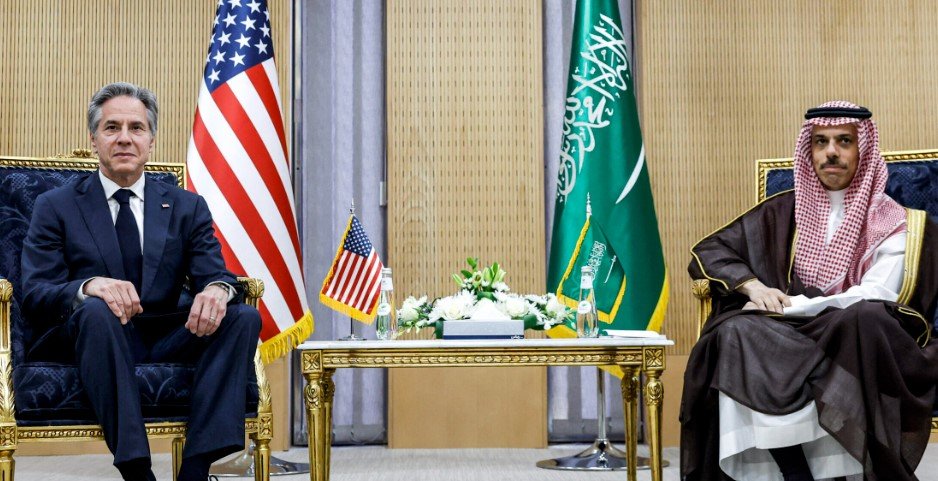Pakistan and Saudi Arabia have signed a major defense agreement that treats an attack on one country as an attack on both. The deal, sealed on September 17, 2025, during a high level meeting in Riyadh, aims to boost security ties amid growing tensions in the Middle East.
Details of the Historic Agreement
The pact, known as the Strategic Mutual Defense Agreement, was signed by Pakistan Prime Minister Shehbaz Sharif and Saudi Crown Prince Mohammed bin Salman. It builds on years of close partnership between the two nations.
This agreement goes beyond basic cooperation. It pledges joint action against any form of aggression. Officials from both sides stressed that it will enhance defense strategies and promote peace in the region.
Key elements include shared military training and intelligence sharing. The deal also focuses on countering threats like terrorism and regional conflicts.
Here are the main highlights of the pact:
- Mutual defense clause: An attack on one is seen as an attack on both.
- Joint deterrence: Plans for combined efforts to prevent aggression.
- Broader cooperation: Covers technology transfers and military exercises.
Background and Rising Tensions
The signing comes at a time of heightened unrest in the Middle East. Recent events, such as the Israeli airstrike in Qatar on September 9, 2025, that killed six people, have raised alarms across the region. This has pushed countries to strengthen alliances.

Pakistan, a nuclear armed nation, has long been a key ally to Saudi Arabia. The two share deep cultural and economic bonds. Saudi Arabia supplies much of Pakistan’s oil needs, while Pakistan offers military support when required.
Experts say this pact formalizes informal ties that date back decades. It reflects Saudi concerns over relying solely on traditional partners like the United States, especially after recent shifts in global security dynamics.
In 2025 alone, regional conflicts have escalated. The ongoing Israel Hamas war and instability in neighboring areas have made such agreements more urgent. Leaders from both countries met in Riyadh to address these shared worries.
Reactions from India and Global Players
India has responded cautiously to the new pact. On September 18, 2025, Indian officials said they would study its implications for regional balance. New Delhi maintains strong ties with Saudi Arabia but views Pakistan as a rival.
This reaction highlights the complex web of alliances in South Asia and the Middle East. Analysts note that India has boosted its own defense deals with Gulf states in recent years.
Other nations, including the United States, have not yet commented officially. However, experts believe this could shift dynamics in how superpowers engage with the region.
The agreement has sparked discussions on social media platforms. Many users see it as a bold move for stability, while others worry about potential escalations.
Implications for Regional Security
This defense pact could reshape security in the Middle East and South Asia. With Pakistan’s nuclear capabilities, it adds a new layer to Saudi defense strategies.
For Pakistan, the deal brings economic benefits. Saudi investments in Pakistan have surged in 2025, reaching billions in sectors like mining and agriculture. This pact might open doors for more funding.
On the security front, it could deter aggressors. Joint exercises planned under the agreement will likely improve readiness against threats like cyberattacks or border incursions.
However, critics argue it might fuel arms races. Neighboring countries could respond by forming their own alliances.
To illustrate the evolving ties, consider this table of key milestones in Pakistan Saudi relations:
| Year | Event | Impact |
|---|---|---|
| 1960s | Early diplomatic ties established | Laid foundation for economic aid |
| 1980s | Military cooperation during Afghan war | Strengthened defense bonds |
| 2010s | Joint anti terrorism efforts | Enhanced intelligence sharing |
| 2025 | Strategic Mutual Defense Agreement | Formal mutual defense commitment |
Economic and Strategic Ties Deepened
Beyond defense, the pact underscores strong economic links. Saudi Arabia has pledged over 25 billion dollars in investments to Pakistan in recent years, focusing on ports and energy.
Pakistan Prime Minister Sharif’s visit included talks on trade. The leaders discussed ways to boost jobs and infrastructure in both nations.
This agreement fits into a broader pattern. In August 2025, reports emerged of Saudi plans to invest five billion dollars in Pakistan’s mining and agriculture by mid 2026.
Such moves help Pakistan amid its economic challenges. They also give Saudi Arabia a reliable partner in a volatile world.
Looking Ahead: Challenges and Opportunities
While the pact promises stability, challenges remain. Implementing joint deterrence will require trust and resources. Both nations must navigate international pressures carefully.
On the positive side, it could lead to peace initiatives. By standing together, Pakistan and Saudi Arabia might influence talks in ongoing conflicts.
As a journalist with two decades of experience covering international affairs, I see this as a pivotal moment. It reflects how nations adapt to new threats in 2025’s uncertain landscape.
What do you think about this defense pact? Share your views in the comments and spread the word on social media to join the conversation.
